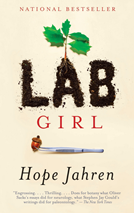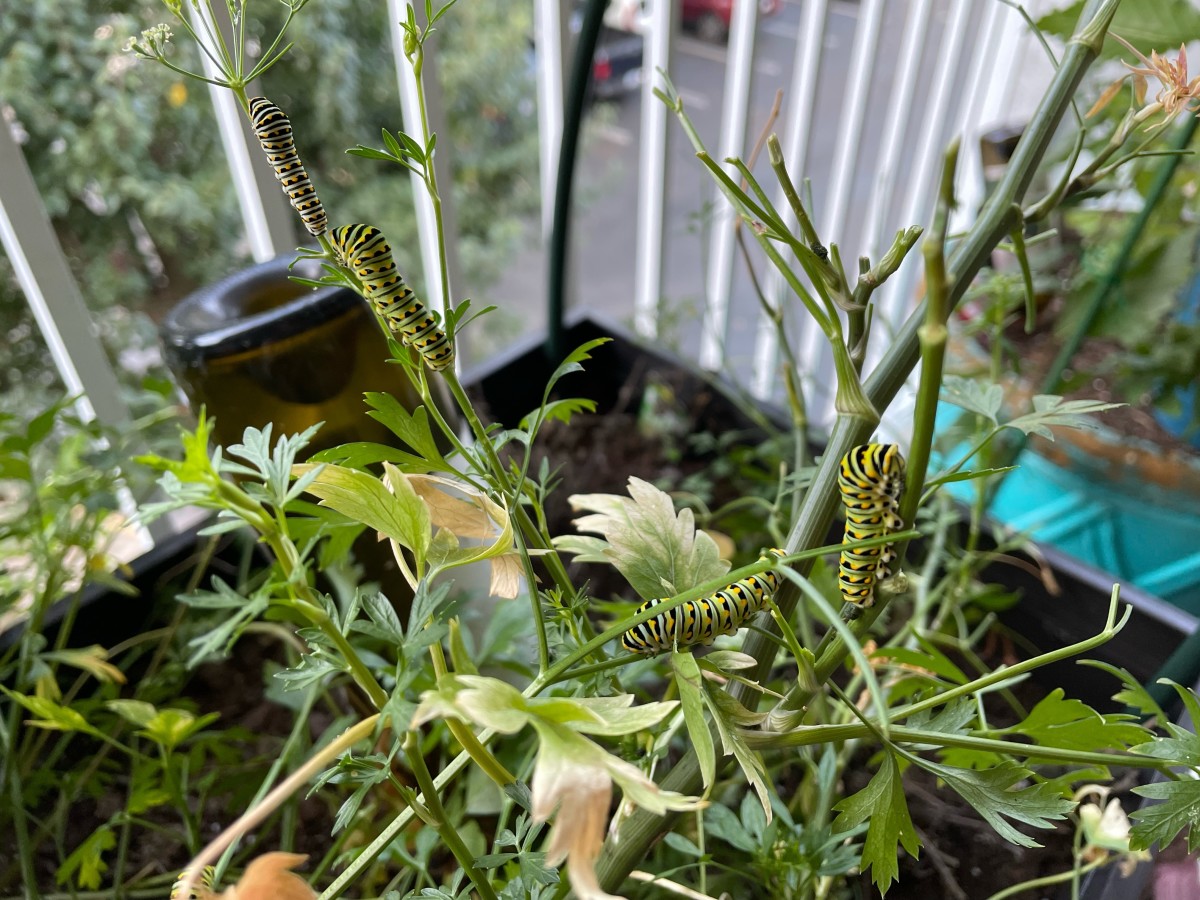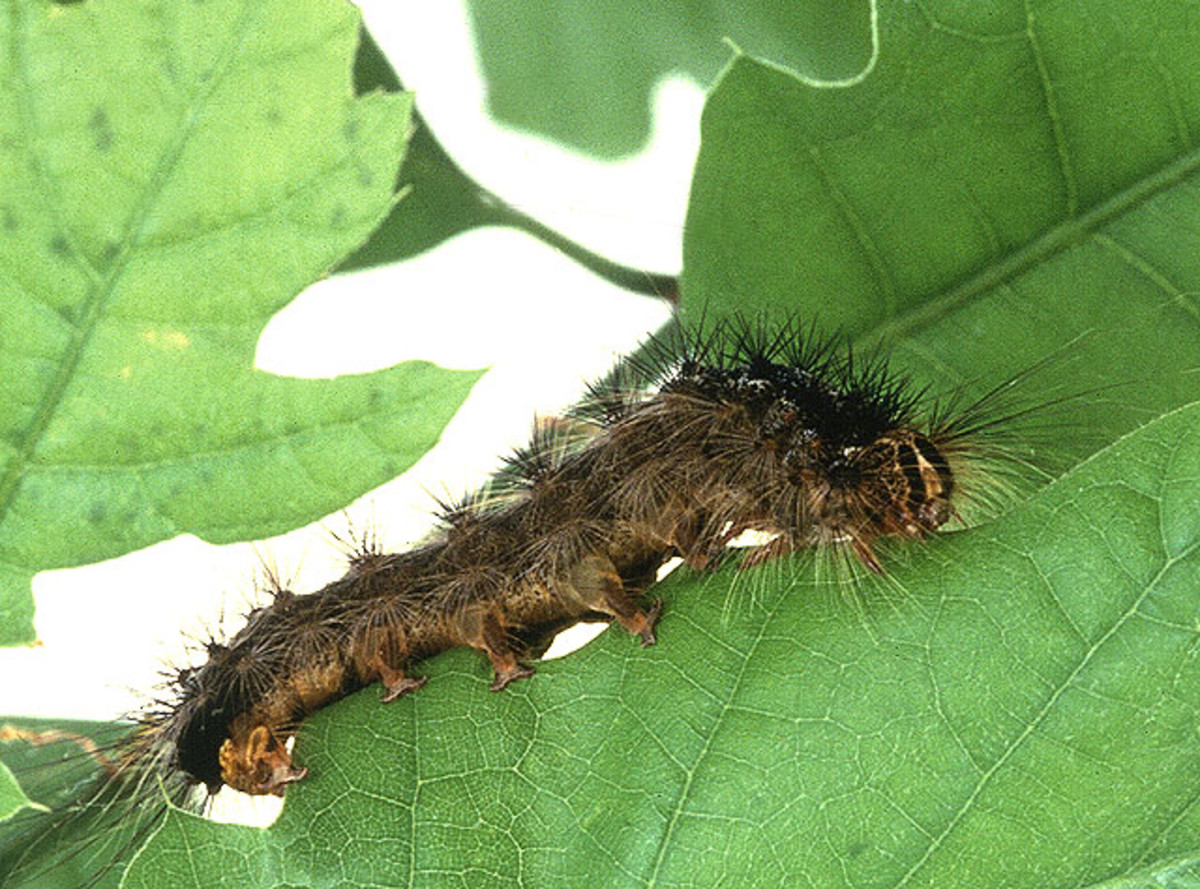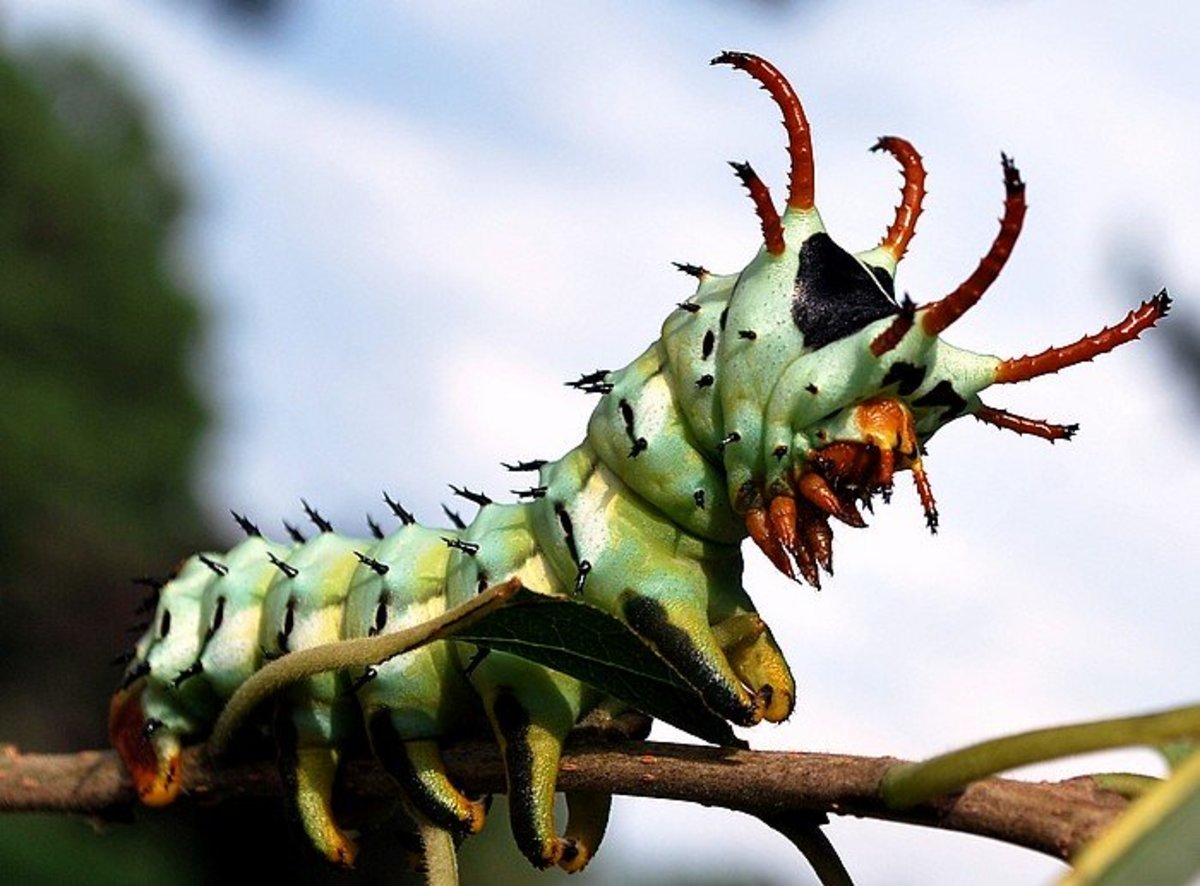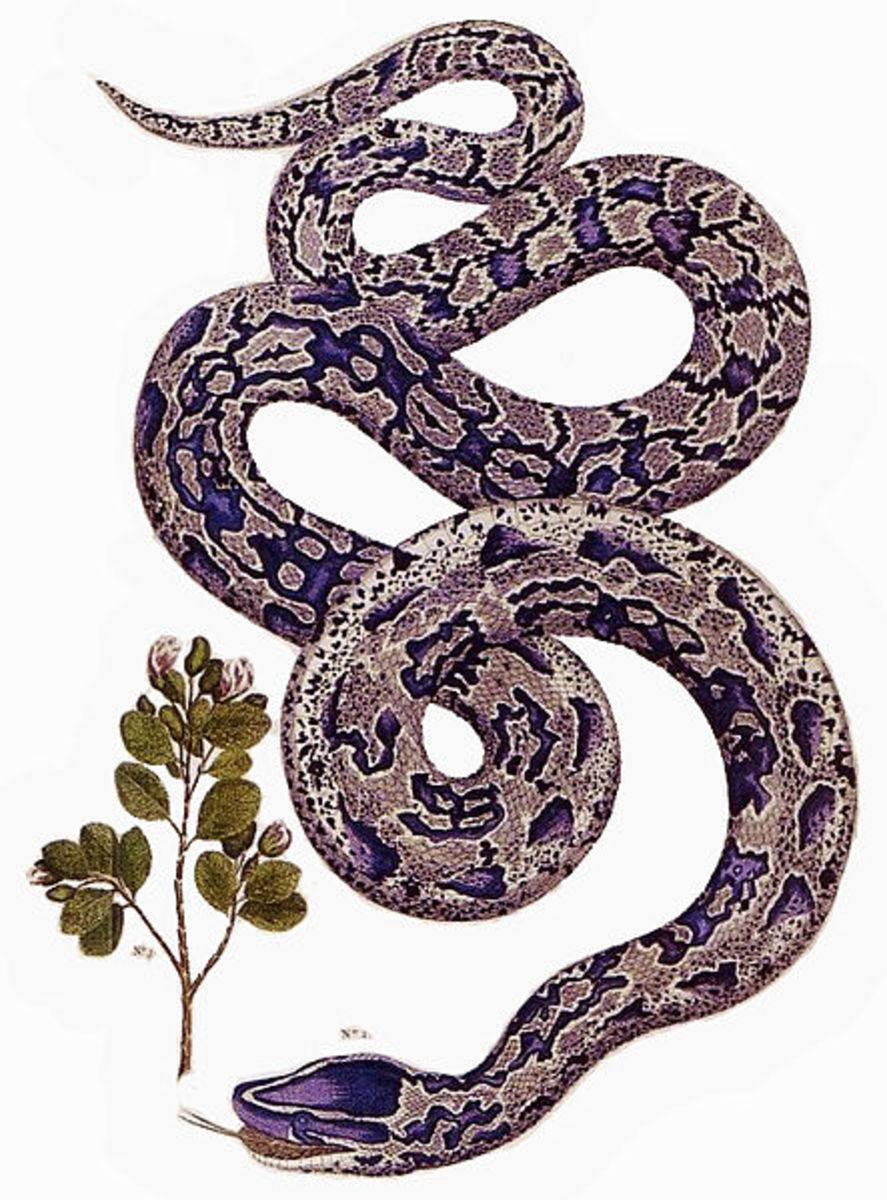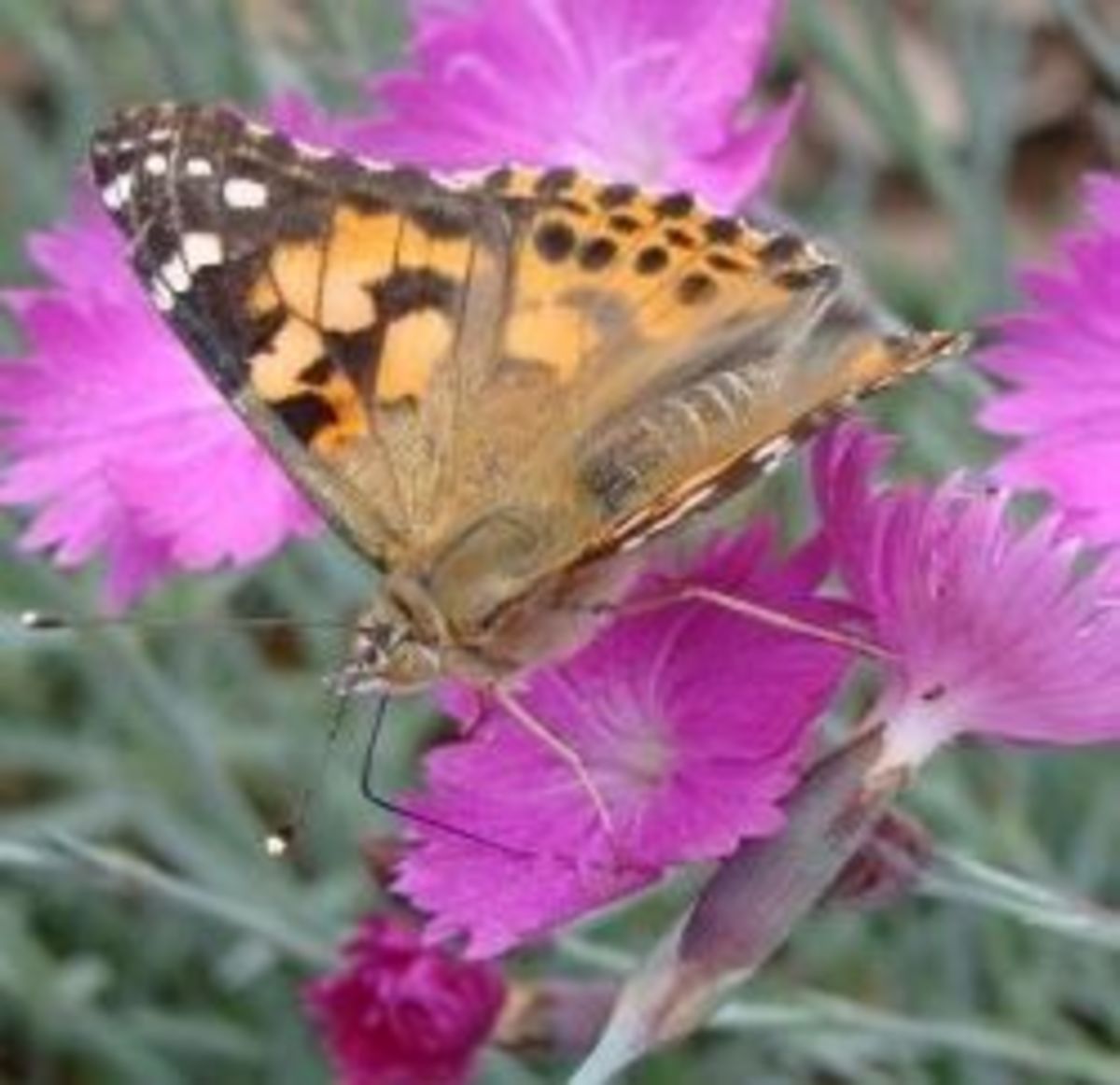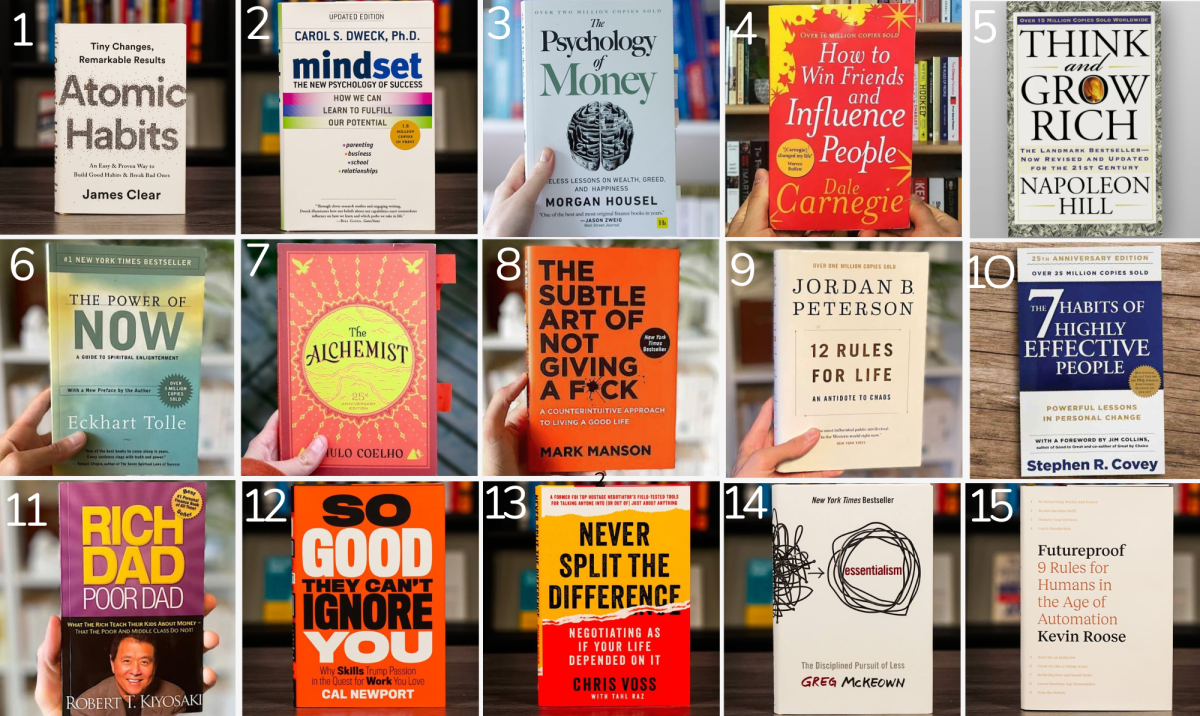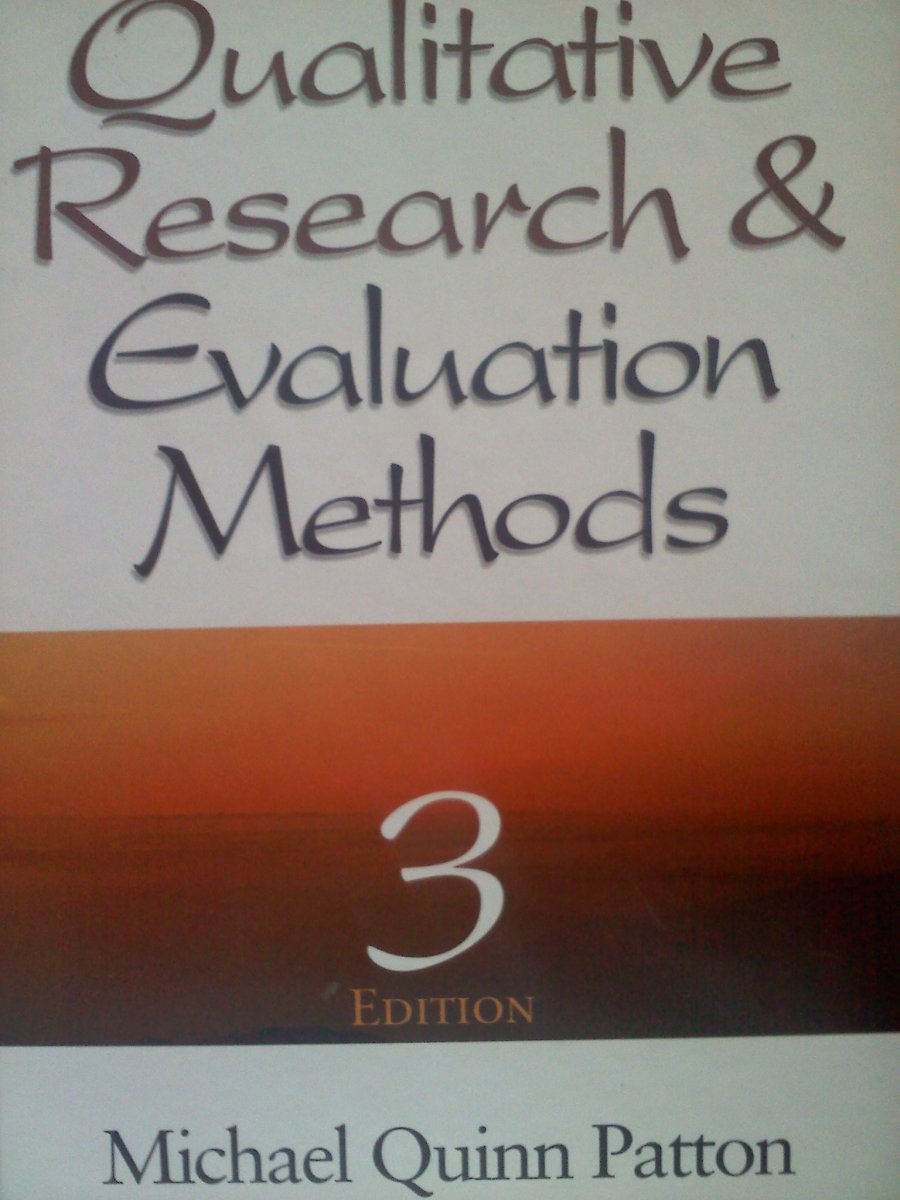- HubPages»
- Books, Literature, and Writing»
- Books & Novels»
- Bestsellers
Lessons from Mother Earth Taught Elegantly: A Book Review
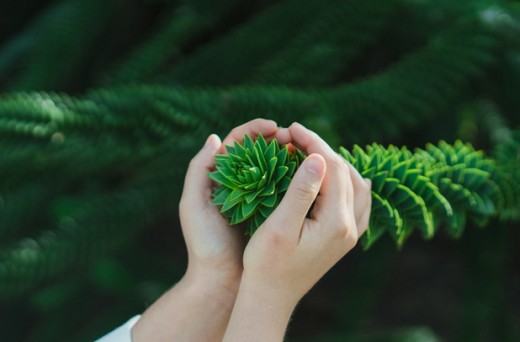
Mother Earth painted the room and bought the crib. After billions of years of contraction and expansion, evolution of forms and calming of chaos, the species called mankind evolved, and was lovingly welcomed into the environment especially prepared for us. We became part of the family of the universe and, like any new baby, began to govern it all while gobbling up all available resources. And we learned about ourselves by getting to know our progenitor.
Hope Jahren is an American geochemist and geobiologist at the University of Oslo, known for her work using stable isotope analysis to analyze fossil forests dating to the Eocene. She is also an exceptional writer. She has given us, from deep within herself, a glimpse of her relationship with the flora of the earth.
Her gorgeous book “Lab Girl” is a memoir of sorts. We learn of Jahren’s journey through life as she falls more and more in love with plants and probes into their very interiors to learn their secrets. With lush prose and deep-seated insight, she teaches us some secrets about ourselves.
On Baranof Island, located among other isles at the Bering Strait, lies the town of Sitka, Alaska. Jahren chronicles the events surrounding the infestation during the 1980s of willow trees by tent caterpillars. She explains:
Whenever you stroll through a eucalyptus grove you are engulfed in a unique smell, acrid and spicy and a little bit soapy too. What you are actually sensing is an airborne chemical that is created and released by the tree, a “volatile organic compound,” or VOC for short. The VOCs were synthesized to be “secondary” compounds—this means that they don’t provide any nutrition, and so they are secondary to basic life functions.
In the laboratory …researchers fed leaves from the trees that survived the attack to tent caterpillars and then carefully watched them eat. They observed that these caterpillars grew much more slowly and sickly than caterpillars generally do, and they certainly did not grow as well as they had grown on the same trees only two years earlier. Simply put, there was some chemical in the leaves that was making them sick.
The really exciting thing, however, was that the healthy Sitka willow trees located a full mile away—trees that had never been attacked—were equally unpalatable to the tent caterpillars. Indeed, when fed the leaves of the distant and healthy trees, the caterpillars became just as feeble and sickly and were rendered incapable of destroying a forest, as they had done so easily over the hill just two years previously.
The scientists knew about root-to-root signaling between adjacent trees via underground secretions, but the two groups of Sitka willows were too far separated for any soil-talking to have taken place. No, some aboveground signal must have been transmitted and received. The scientists concluded that when the leaves were first wounded, the plant began to load them with caterpillar poison, which also triggered VOC production. They further hypothesized the VOC must have traveled at least a mile and was sensed as a distress signal by the other trees, which them preemptively fortified their leaves with caterpillar poison.
THINK ABOUT IT!
When we care for each other, we thrive and flourish, and in turn are taken care of by them. It is an exquisite system of mutual guarantee. Knowing this begs us to figure out how to mitigate the poison of meanness and xenophobia that is now being transmitted across great distances from person to person, because its infestation is gravely harming us. Instead we are called on to emit love and protection of the well-being of the common good.
Upon gaining new resources, a plant may perform one of four actions: it will either grow, repair, defend, or reproduce itself. It can also delay its choice indefinitely by storing its earnings for remobilization later, and thereby put off the commitment implied by choosing one of the four. What controls a plant’s decision as it chooses among these different possible scenarios? Many of the same things that control our decisions regarding what we do with new resources, it turns out. Our genes limit our possibilities; our environment makes some courses of action wiser than others; some of us are inherently conservative with our earnings; some are prone to gambling; even our fertility status might be considered when evaluating a new plan for investing.
OUR CHOICES DETERMINE OUR ADVANCEMENT
Within our environments a wealth of choices and opportunities present themselves, and within any particular setting or situation, for example work, we choose according to that environment. Like plants, we grow, repair, defend or reproduce ourselves. But whatever the choice, the movement is forward, never still or backward. The outcomes of our choices create new opportunities and on and on it goes. Through this we build within ourselves an inner landscape that we water and prune and nourish and out of which blooms each season of our lives, each one more glorious than the prior one, constantly creating our best selves.
For trees, losing limbs is the rule, not the exception. The vast majority of the branches that any tree produces are severed before they become large, usually by external forces like wind, lightning, or just plain old gravity. Misfortunes that cannot be prevented must be endured, and trees possess a ready strategy. Within a year after the loss, the cambium will cast a healthy new sheath fully over the broken base of what used to be the branch, and then layer upon it year after year until no scar is visible at the surface.
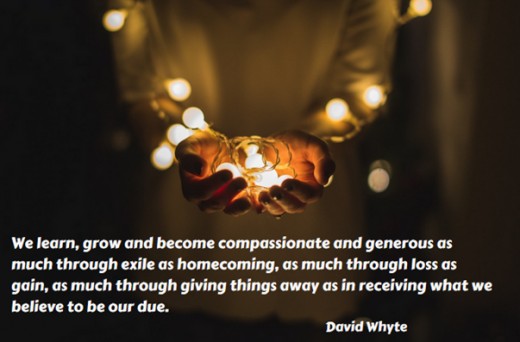
This is the ultimate inner work. Our inner states change from minute to minute and from year to year. Sometimes we want to stay in a certain attitude because it feels so good. This, however, is stasis, not progression. The act of willingly and purposefully shedding the joy of a certain attainment in order to come to a higher state of joy through the next is nature’s way. There are no scars, only the continual laying on of healing benevolence.
If you rake fallen leaves into a pile and then examine them, you will see that each one shows a consummately clean break at the same place near the base of the stem. The fall of leaves is highly choreographed: First the green pigments are pulled back behind the narrow row of cells marking the border between stem and branch. Then, on the mysteriously appointed day, this row of cells is dehydrated and becomes weak and brittle. The weight of the leaf is now sufficient to bend and snap it from the branch. It takes a tree only a week to discard its entire year’s work, cast off like a dress barely worn but too unfashionable for further use. Can you imagine throwing away off of you possessions once a year because you are secure in you expectation that you will be able to replace them in a matter of weeks? These brave trees lay all of their earthly treasures on the soil, where moth and rust doth immediately corrupt. They know better than all the saints and martyrs put together exactly how to store next year’s treasure in Heaven, where the heart shall be also.
The universe sends strife as well as beauty and growth—an eternal dance of uncomfortable prods from our Mother so we will elevate ourselves. The blows in life can make us brittle, taking little pieces of us with their force. We somehow rise above them and they become bright beacons in our memory banks that show us the importance of understanding that these disruptions take us only to a higher place. When we go willingly with this flow, we replace sorrow with joy and “next year’s treasures” become our heaven on earth.

These snippets from Jahren’s book are only a few that moved me and caused me to think about the sublime connections built into nature. Our very existence depends on maintaining benevolent relationships with every stone, every plant, every living creature in the universe. You might, too, be inspired by her understanding and the deliciously beautiful elegance of her writing.
